New data shows that 25% of Americans seeking alternative therapies in 2025 are turning to Panchakarma for deep detoxification and renewal, according to a recent survey by the National Center for Complementary and Integrative Health. This ancient Ayurvedic practice, known as Panchakarma, promises not just physical cleansing but profound inner transformation. As stress levels soar amid modern life, more people are exploring this method to heal emotional wounds and foster mental clarity. But does it live up to the hype? Experts say it could be a game-changer for those struggling with relationships and self-growth.
What Exactly Is Panchakarma?
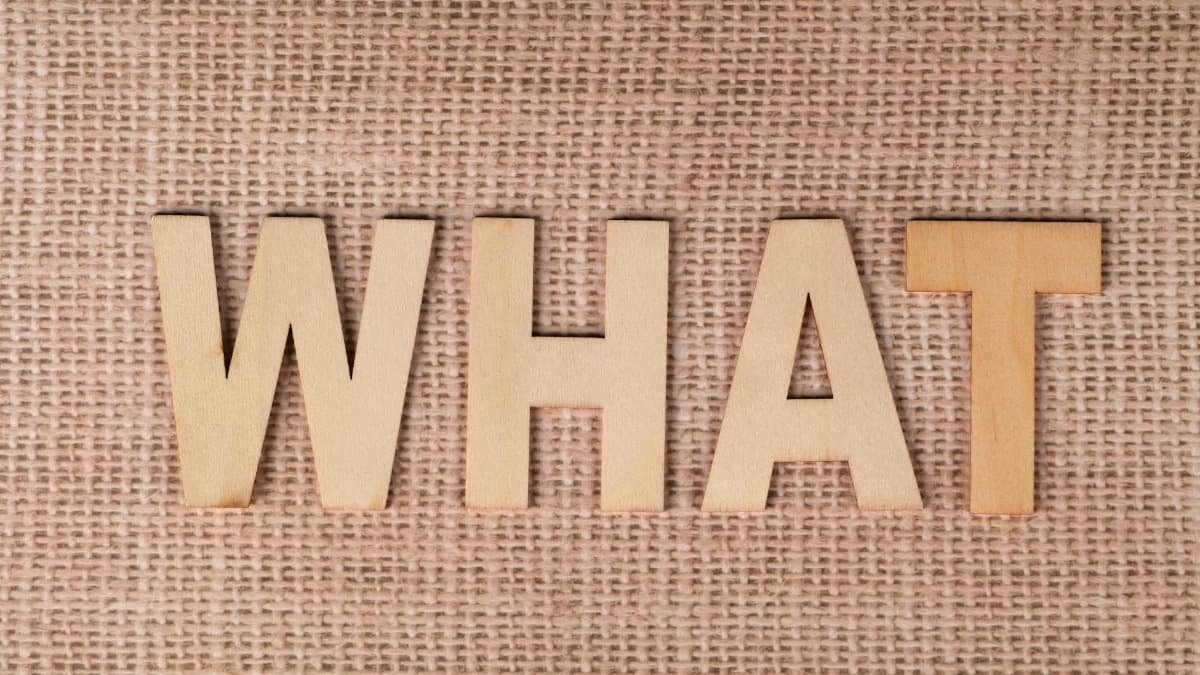
Panchakarma originates from Ayurveda, India’s traditional medicine system dating back thousands of years. The term means “five actions” in Sanskrit, referring to a series of therapeutic treatments designed to purge toxins from the body. These include vomiting, purgation, enemas, nasal administration, and bloodletting, though modern versions often adapt them gently. Practitioners believe accumulated toxins, or “ama,” disrupt physical and mental balance. In the U.S., wellness centers are adapting Panchakarma to fit busy lifestyles, making it accessible beyond traditional spas. A study from the National Library of Medicine highlights its potential in reducing inflammation and improving overall health.
The Core Benefits for Inner Transformation
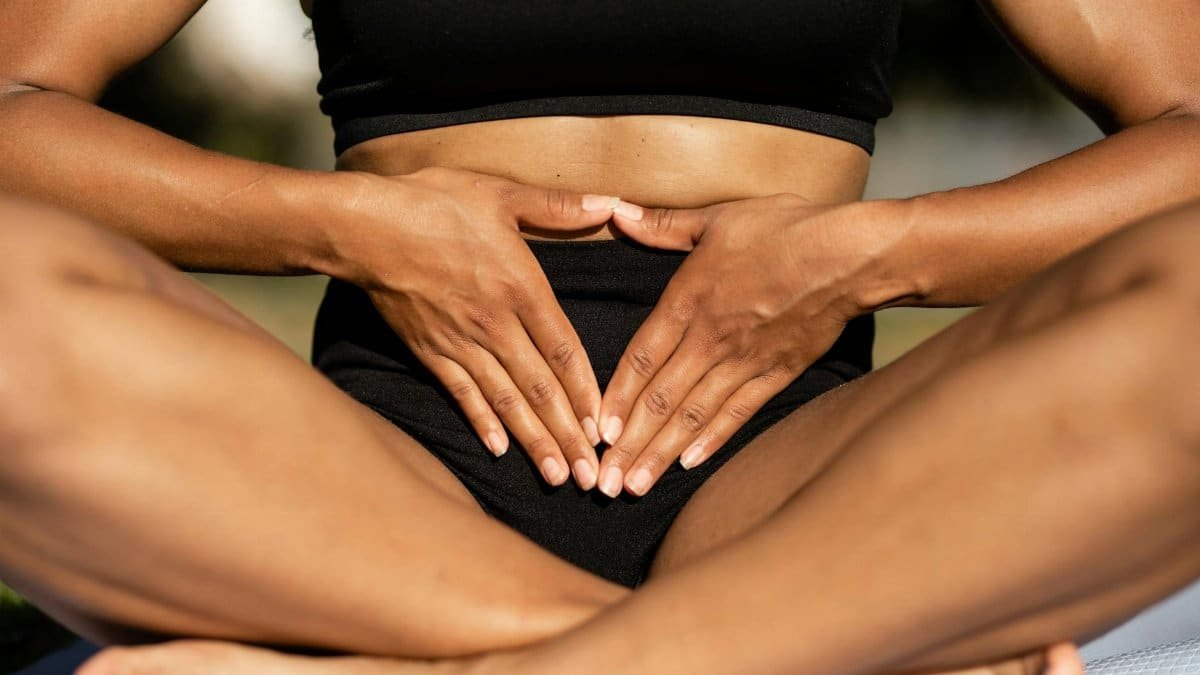
At its heart, Panchakarma targets more than the body; it aims to reset the mind and spirit. Users report heightened emotional clarity after sessions, which can last from a few days to weeks. This detoxification process allegedly clears mental fog, reducing anxiety and depression symptoms. For those in strained relationships, it fosters self-awareness, helping individuals address underlying issues like resentment or poor communication. In 2025, with rising mental health concerns, experts predict a surge in its popularity. One key benefit is improved sleep, which indirectly boosts relational harmony by curbing irritability.
How Panchakarma Supports Emotional Healing

Emotional baggage often manifests physically, and Panchakarma tackles this head-on. Through oil massages and herbal treatments, it stimulates the release of stored stress. Therapists guide patients through personalized regimens, incorporating diet and meditation. A report from the Mayo Clinic notes that such practices may enhance mood regulation. In relationships, this can mean better empathy and connection. Take John from California, who credits Panchakarma with saving his marriage by helping him process grief from a past loss. Stories like his are becoming common in U.S. wellness circles.
Common Challenges and How to Overcome Them

Not everyone sails through Panchakarma smoothly. Side effects like fatigue or digestive upset can occur during the detox phase. Critics argue it’s not scientifically proven, urging caution for those with medical conditions. To navigate this, consult a certified Ayurvedic practitioner. Start with shorter sessions to build tolerance. In the U.S., regulations vary by state, so research licensed centers. Overcoming these hurdles requires commitment, but many find the inner peace worth it. As trends evolve in 2025, education on safe practices will be key.
Practical Applications in Daily Life

Integrating Panchakarma principles doesn’t require a full retreat. Simple at-home versions include oil pulling or herbal teas for mild detox. For relationships, couples are trying joint sessions to build intimacy. Wellness apps now offer guided Panchakarma-inspired routines, blending ancient wisdom with tech. Apply it by focusing on one therapy at a time, like nasal cleansing for clarity during arguments. This practical approach makes inner transformation achievable without overwhelming changes. U.S. trends show a 15% increase in home-based Ayurvedic practices this year.
The Impact on Mental Clarity and Relationships
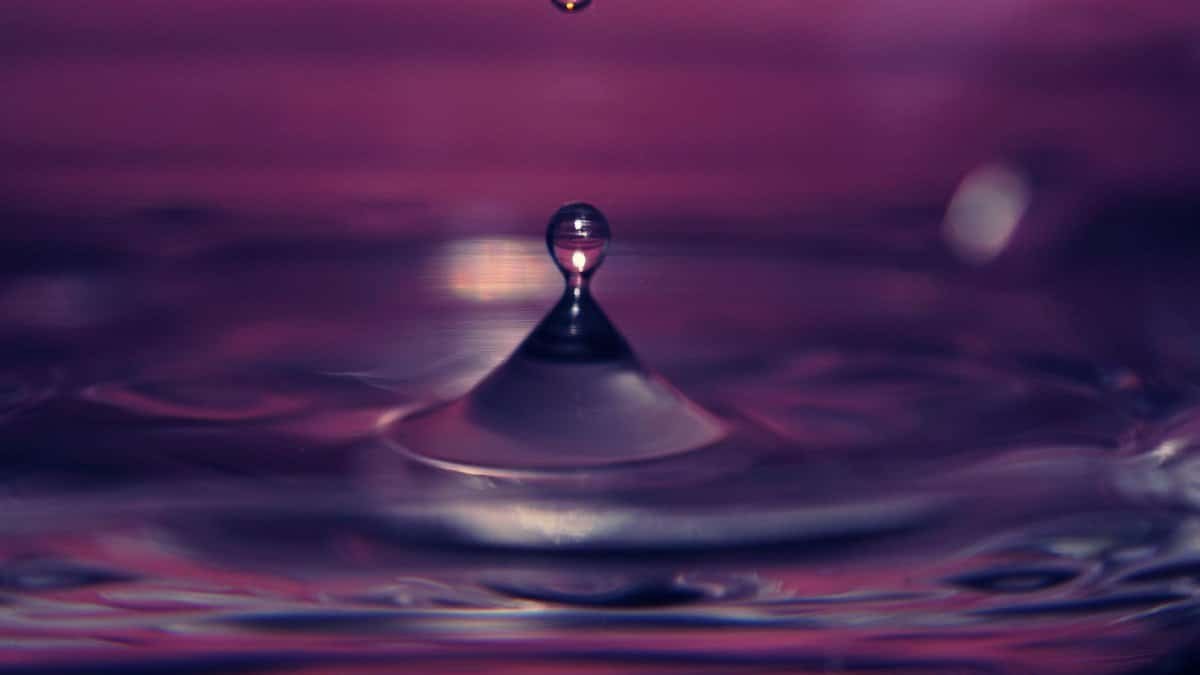
Mental fog clouds judgment in relationships, but Panchakarma claims to sharpen focus. By balancing doshas, Ayurveda’s energy types, it promotes clearer thinking. Users often emerge with renewed purpose, leading to healthier boundaries and communication. A 2024 study linked similar detox methods to reduced cortisol levels, supporting stress relief. In healing relationships, this clarity helps resolve conflicts constructively. As more Americans prioritize emotional health in 2025, Panchakarma stands out as a holistic tool, bridging physical detox with psychological growth.
Getting Started with Panchakarma

Ready to try? Begin by finding a reputable center through the National Ayurvedic Medical Association. Expect an initial consultation to assess your needs. Costs range from $500 to $3000 for a program, depending on duration. Prepare by adopting a lighter diet beforehand. Track progress with a journal to note emotional shifts. For best results, combine with therapy for relational issues. This step-by-step entry makes Panchakarma less intimidating and more transformative.
Real-Life Success Stories

Across the U.S., individuals share powerful tales. Lisa, a New York executive, found Panchakarma eased her burnout, improving her family dynamics. “It was like shedding old skin,” she says. Another case: a Texas couple used it during counseling, reporting deeper trust. These anecdotes underscore its potential for inner change. While not a cure-all, they highlight why it’s gaining traction in 2025’s wellness scene.
Potential Drawbacks and Considerations
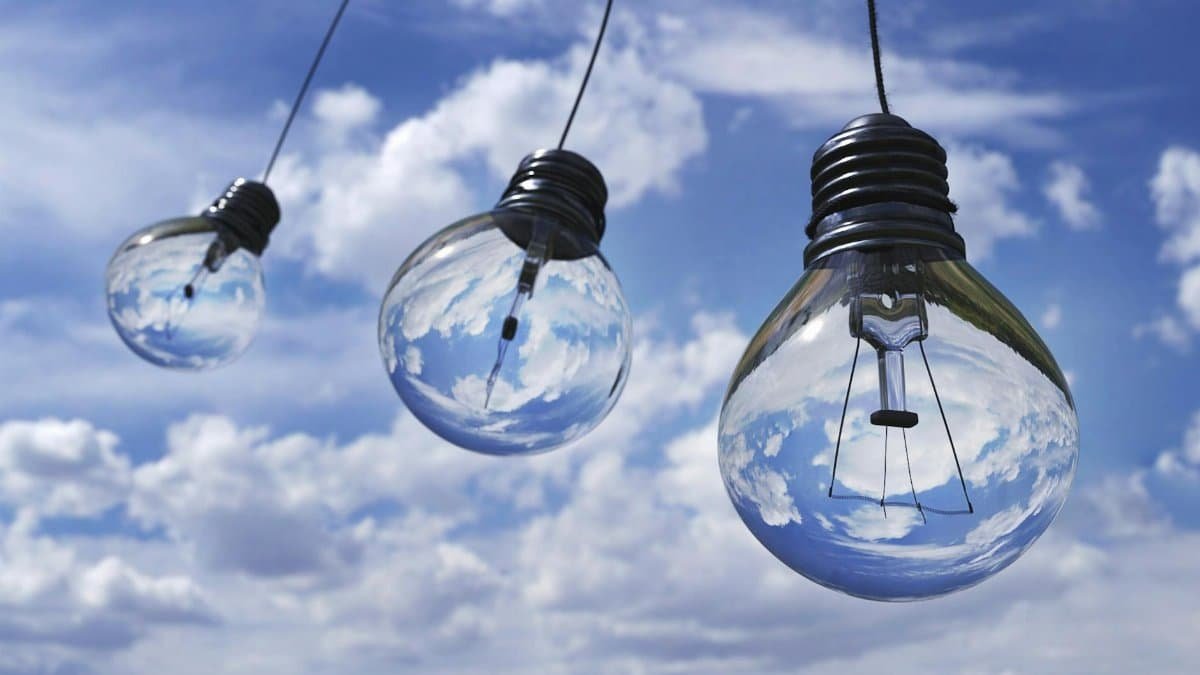
Be aware of limitations. Panchakarma isn’t suitable for everyone, especially pregnant women or those with severe illnesses. Scientific evidence is emerging but limited, so view it as complementary to conventional care. Financial barriers exist, as insurance rarely covers it. Weigh these against benefits, and always prioritize safety. As demand grows, more research could solidify its role in emotional healing.
Why It’s Gaining Popularity in 2025
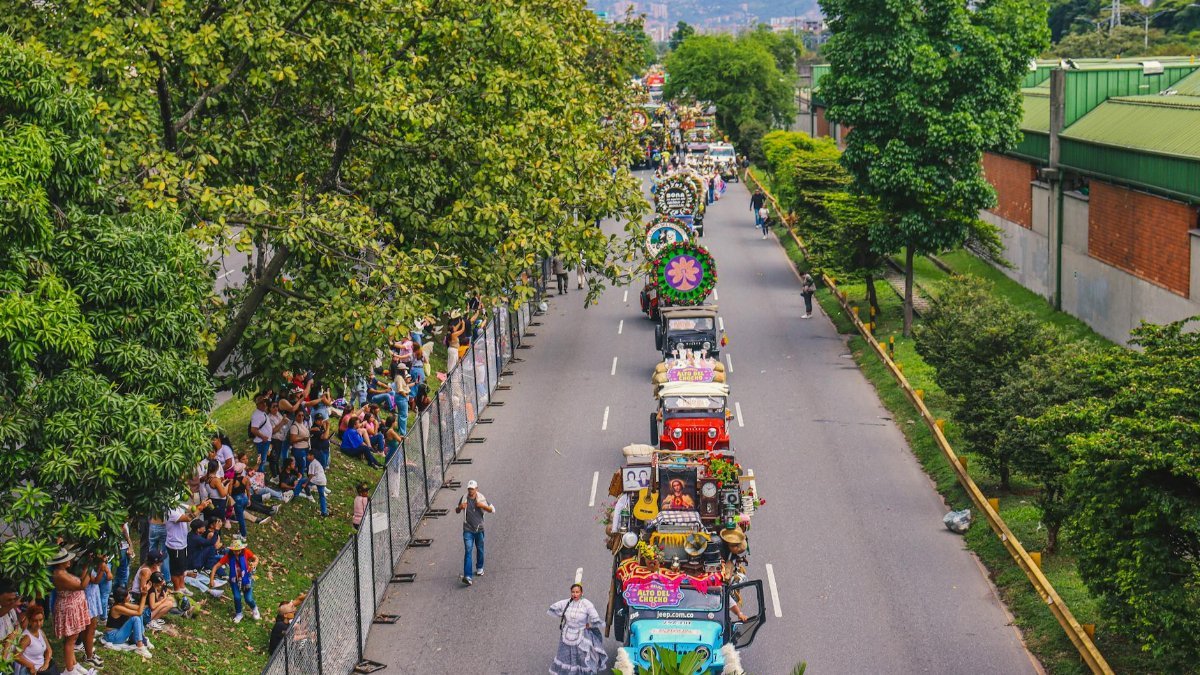
With post-pandemic stress lingering, Americans seek profound resets. Panchakarma fits this by offering holistic renewal. Social media amplifies its appeal, with influencers sharing journeys. In relationships, it’s seen as a path to authenticity. Expect continued growth as integrative medicine expands. This surge reflects a broader shift toward ancient practices for modern woes.
